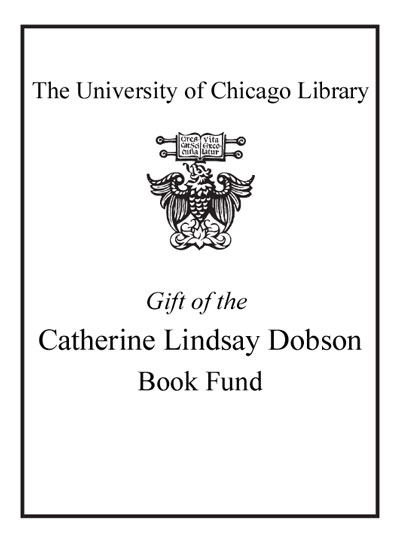Review by Choice Review
Adopting globalization theory, Hodos (Univ. of Bristol, UK) presents a systematic analysis that prioritizes interaction and the resulting interconnections as the primary driving forces behind the fascinating phenomenon of the Mediterranean Iron Age. Hodos first explores how research has developed on this subject and then persuasively argues that the application of globalization theory will yield important new insights. After a discussion of the history and geography of the Mediterranean Iron Age, Hodos turns to explorations of the movement of people, commodities, and ideas during this period. Two chapters on the influence of urbanism and writing systems in the creation of a globalized Mediterranean world follow. Woven throughout the book are observations on how these phenomena contributed to the development of a pan-Mediterranean identity entangled in various ways with divergent local identities. The book concludes with a summary of the study and its implications, followed by extensive notes and a comprehensive list of references. This well-written, thought-provoking volume will be of most interest to advanced students and scholars with substantial backgrounds in the archaeology of the period. Summing Up: Highly recommended. Graduate students and faculty. --Wade Kotter, Weber State University
Copyright American Library Association, used with permission.
Review by Choice Review

